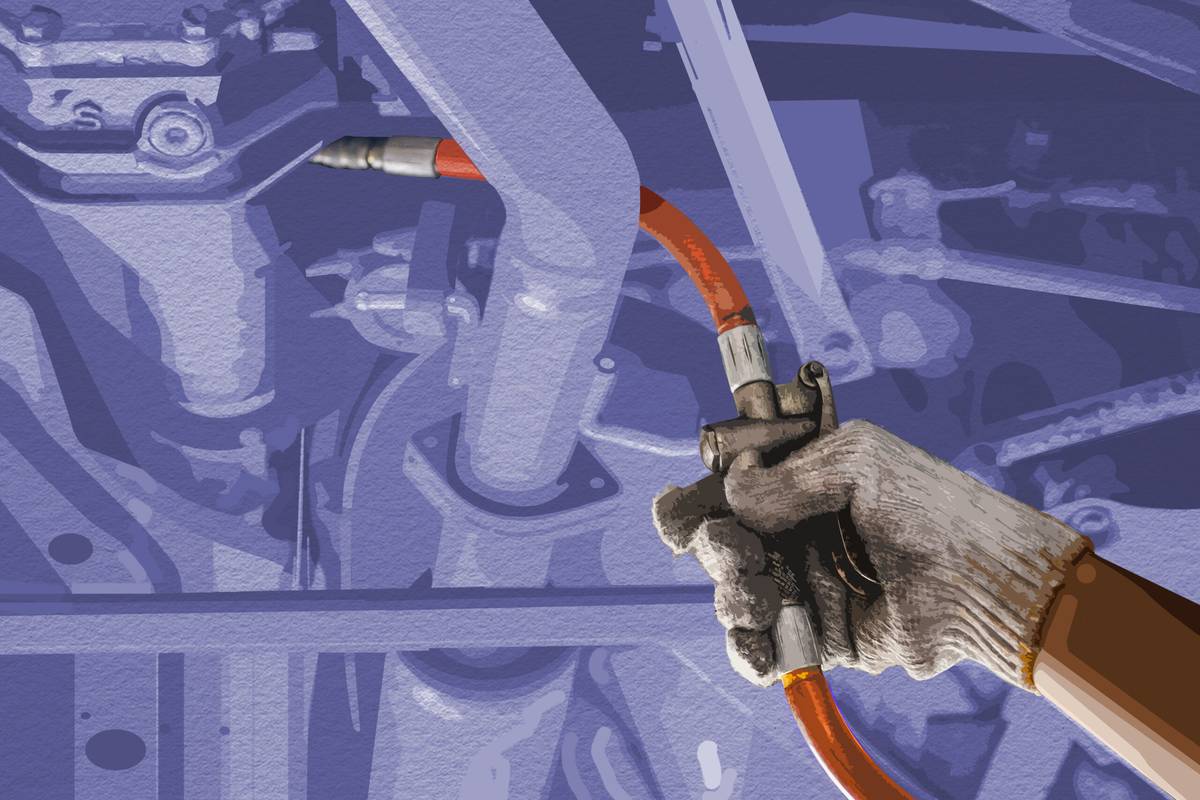Do You Need to Change the Differential Fluid?

While it’s likely seldom done, some vehicles’ maintenance schedules do include an interval for changing the differential fluid, though perhaps only under “severe service” conditions such as frequent towing. If that’s the case, it should certainly be changed when called for, and it usually isn’t difficult or extremely expensive.
Related: Do You Really Need to Change the Transmission Fluid?
While you could change the differential fluid at home, it typically involves jacking up the car, placing it on jack stands, and working with some very messy and smelly fluid. As such, even diehard do-it-yourself types may choose to have it done while the vehicle is up on a rack at a shop for an oil change.
Which Vehicles Need Differential Fluid Changes
For front-wheel-drive vehicles, changing the differential fluid is usually not listed in the maintenance schedule. That’s because their differentials are typically encased with the transmission in what’s often termed a “transaxle,” so changing the transmission fluid also changes the differential fluid. With this in mind, you can just check your car’s maintenance schedule for changing transmission fluid.
A scheduled change of the differential fluid is likely only called for in rear-, four- or all-wheel-drive vehicles, and it may only apply to the rear differential. That’s due to some AWD models being essentially FWD vehicles that have an additional driveshaft going to a rear differential, so the front differential is encased with the transmission.
Yet even in RWD and AWD vehicles, it’s not uncommon for a car’s maintenance schedule to never call for changing the differential fluid or only calling for it under severe conditions, which would include frequent towing or driving through sand or deep water. However, there’s some thought that an early differential fluid change might be particularly beneficial, just as an oil change is for an engine after break-in — and for the same reason: to flush out shavings of metal that wear off as the newly assembled moving parts mate to each other.
More From Cars.com:
- Do You Really Need to Change Your Oil Every 3,000 Miles?
- Why Is My Car Leaking Oil or Another Fluid?
- What Is Limp Mode?
- Do I Need to Use Engine Oil or Fuel Additives?
- More Service Articles
Things to Consider When Changing Differential Fluid Yourself
If changing the differential fluid yourself is a possibility, there are a few things to check that may sway your decision one way or the other. First, if your vehicle is high enough off the ground that you don’t need to jack it up to get to the differential(s), that’s a big plus.
Another plus is if the differential has a drain plug. (Note: The fill plug is usually located about halfway up the side of the case, but the drain plug would be near the bottom.) If it doesn’t, you’ll have to at least loosen and possibly remove the differential’s rear cover to drain the fluid, and that can be very messy. It’s important to make sure you can loosen the fill plug before draining out any fluid; you don’t want to drain out the fluid and then find you can’t remove the fill plug to refill it.
Whether the differential has a drain plug or not, it’s best to remove the cover after the fluid is drained so you can thoroughly clean out the inside of the housing (ideally using a magnet to pick up small metal shavings). But if you loosen or remove the cover, keep in mind you should reseal it with either a physical gasket or liquid sealant.
Different Types of Differential Fluid
There are multiple weights of differential fluid (also called gear oil or gear lubricant), such as 75W-90 or 85W-140, and some are synthetic. There are also unique types for vehicles with a limited-slip rear differential. So, make sure you know what weight and type your vehicle calls for before heading to the parts store.
Also check to see how much fluid you’ll need; larger differentials may take at least 3 quarts, and a quart usually costs about $20. Quart-size bottles are typically shaped like a 1-liter soda bottle with a pointed top at the end, but if clearance is tight around the differential, you might want to look for a brand that comes in a collapsible squeeze container. Be aware that the fluid really stinks, so be careful not to get any on your skin or your clothes — or just wear gloves and clothes you can throw away.
Gear oil is sometimes jokingly referred to as a “forgotten fluid,” but damage caused by not changing it when you should is no laughing matter.
Related Video:
Cars.com’s Editorial department is your source for automotive news and reviews. In line with Cars.com’s long-standing ethics policy, editors and reviewers don’t accept gifts or free trips from automakers. The Editorial department is independent of Cars.com’s advertising, sales and sponsored content departments.
Featured stories




